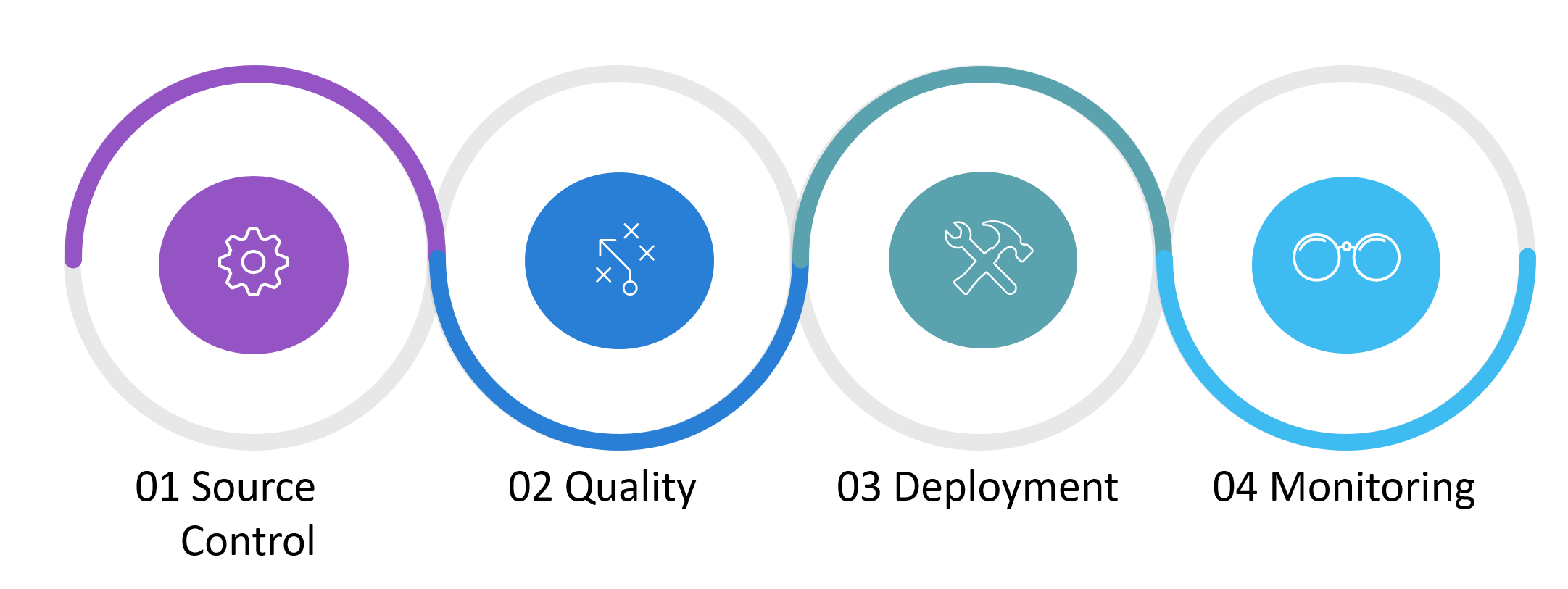Transitioning legacy codebases—or as we often euphemistically call them, "mature" codebases—to continuous delivery practices presents unique challenges. Unlike greenfield projects where CD can be built in from day one, legacy systems often carry years of technical debt and embedded processes that resist change.
The Legacy Code Challenge
Legacy codebases typically share several characteristics that make CD adoption difficult:
- Minimal automated testing
- Complex, often undocumented dependencies
- Tightly coupled components
- Manual deployment processes
- Risk-averse organizational culture around changes
Despite these challenges, the benefits of bringing continuous delivery to legacy systems are substantial: faster delivery of value, reduced risk of each deployment, and improved developer satisfaction.
Building the Foundation
Before implementing continuous delivery, several foundational elements need to be in place:
1. Comprehensive Version Control
Ensure all code, configuration, and deployment scripts are in version control. This might seem basic, but many legacy systems still have components managed outside of source control.
2. Build Automation
Create a repeatable, reliable build process that works the same way every time, whether on a developer's machine or in a CI environment.
3. Test Automation Strategy
You likely can't automate all tests at once. Start with a strategic approach:
- Begin with critical path testing
- Add tests before making changes (test-then-change pattern)
- Focus on API and integration boundaries
- Consider approval tests to lock down existing behavior
Incremental Migration Approach
The key to success is taking small, incremental steps:
- Identify natural boundaries where the system can be separated
- Extract services gradually, starting with the least risky components
- Implement feature toggles to decouple deployment from release
- Create deployment pipelines for each component
- Gradually shift testing left in the development process
Remember: The goal isn't to boil the ocean. Focus on improving one deploy at a time until the process becomes reliable and routine.
Cultural Considerations
Technical changes must be accompanied by cultural shifts:
- Provide education on CD principles and benefits
- Celebrate small wins in the migration process
- Address fear of change with data and small experiments
- Involve operations teams early and often
- Build in time for learning and improvement
Measuring Success
Define clear metrics to track your progress:
- Deployment frequency
- Lead time for changes
- Change failure rate
- Mean time to recovery
- Developer satisfaction
Conclusion
Migrating mature codebases to continuous delivery is challenging but achievable with patience and an incremental approach. The journey may be longer than with a greenfield project, but the benefits to both the business and the development team make it worthwhile.

